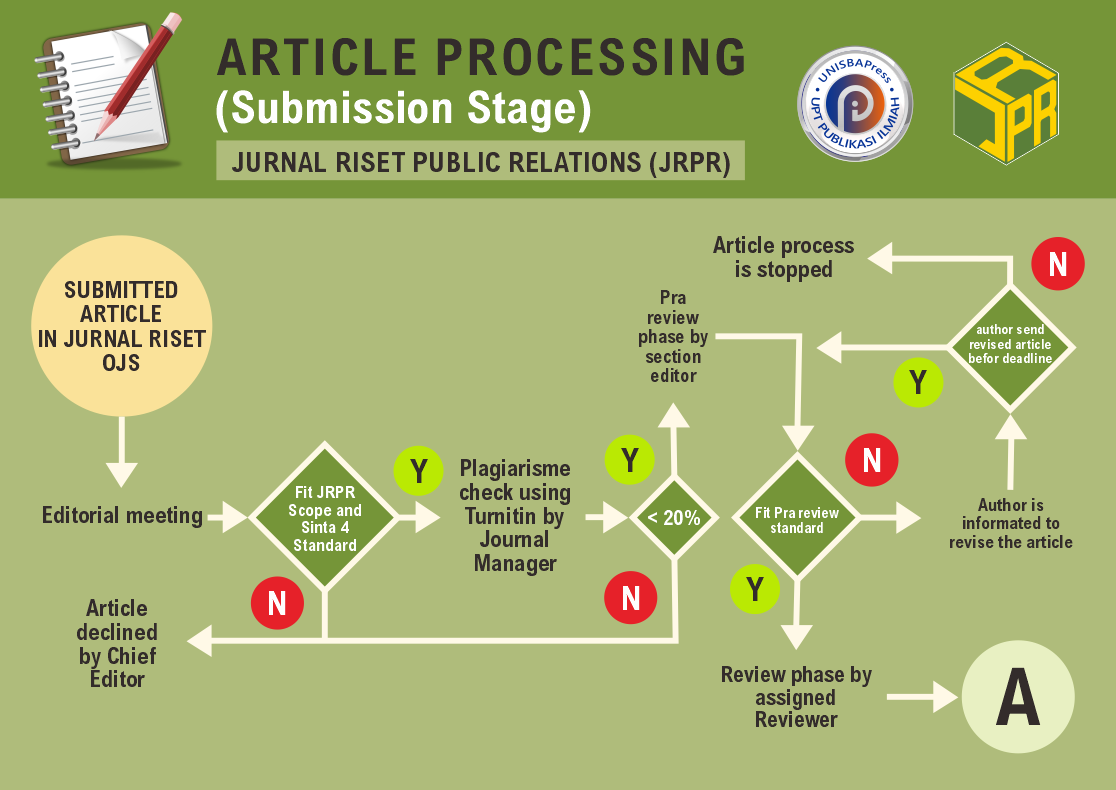Reshaping Today’s Education with Social Media
DOI:
https://doi.org/10.29313/jrpr.vi.1355Keywords:
Social Media, Online Learning Media, StudentsAbstract
Abstract. The government's move to suppress the spread of the covid-19 virus in Indonesia by limiting the meeting of a number of people has an impact on many lines of life including higher education institutions. Starting from 2020, the learning system undergoes the most fundamental change in the history of the transformation of the Education system. Through government program policies, learning that was initially held face-to-face then replaced with virtual meetings, the transformation of learning media is also massive, where there is a discussion of online learning media that support the implementation of virtual lectures becomes the main prerequisite. The development of communication technology plays an important role to be an option in an effort to provide learning media that can be utilized. Social media that appeared to support the learning management system. Using social media in order to trigger the quality of student learning by utilizing all the ease of communicating and sharing information owned by the media for the education or learning process becomes more effective and efficient and accelerates information as a whole. The method of the research is Mixed method research, were to combine the quantitative and qualitative methods used in this study with the aim of identifying students' digital literacy competencies related to learning media by filling out questionnaires to a total of 120 students. All students who filled out the questionnaire were students who had participated in online learning and practicums on campus. and also conducting in-depth interviews on students to find out their opinions regarding social media to support their learning process. The collected data was analyzed using SPSS and analyzed using descriptive methods.
References
Denizalp, H., & Ozdamli, F. (2019). DeDenizalp, H., & Ozdamli, F. (2019). Determination of student opinions on usage of social media and mobile tools in student-teacher, student-student communication. International Journal of Emerging Technologies in Learning, 14(22), 19–28.
Devi, K. S., Gouthami, E., & Lakshmi, V. V. (2019). Role of Social Media in Teaching – Learning Process. Journal of Emerging Technologies and Innovative Research, 6(1), 96–103. https://www.researchgate.net/publication/330497773_Role_of_Social_Media_in_Teaching-Learning_Process%0A
Ibrahim, S. A. (2021). The Role of Social Media in Shaping the Trends of University Youth towards the Requirements of the Knowledge Economy. Journal of Southwest Jiaotong University, 56(1). https://doi.org/10.35741/issn.0258-2724.56.1.34
Industri, M. R. (n.d.). Pendidikan Tinggi Ilmu Komunikasi.
Kamil, S. U. R., Amin, H., Saidin, S., & Upe, A. (2019). The Implementation of Information and Communication Technology on Learning Process in Communication Department of UHO Facing Industrial Revolution 4.0 [Penerapan Teknologi Komunikasi dan Informasi Pada Pembelajaran Jurusan Ilmu Komunikasi UHO Menghadapi R. Proceeding of Community Development, 2, 344. https://doi.org/10.30874/comdev.2018.348
Lase, D. (2019). Pendidikan di Era Revolusi Industri 4.0. JURNAL SUNDERMANN, 1(1), 28–43. https://doi.org/10.53091/jtir.v1i1.17
Liu, Y. (2010). Social Media Tools as a Learning Resource. Journal of Educational Technology Development and Exchange, 3(1). https://doi.org/10.18785/jetde.0301.08
Napitupulu, R. M. (2020). Dampak pandemi Covid-19 terhadap kepuasan pembelajaran jarak jauh. Jurnal Inovasi Teknologi Pendidikan, 7(1), 23–33. https://doi.org/10.21831/jitp.v7i1.32771
Rahim, M. N., & Ali, M. B. (2021). The Effect of Using Social Media on Academic Performance of Faculty Members during Covid-19 Pandemic. Utamax : Journal of Ultimate Research and Trends in Education, 3(2), 106–114. https://doi.org/10.31849/utamax.v3i2.5934
Sirajuddin, M., & Kamil, S. U. R. (2018). Youth Participation In Development Acceleration Of Kolaka Utara Regency ( A Case Studies in Forum Anak Koke-koke). 129(Icsps 2017), 381–383. https://doi.org/10.2991/icsps-17.2018.82















